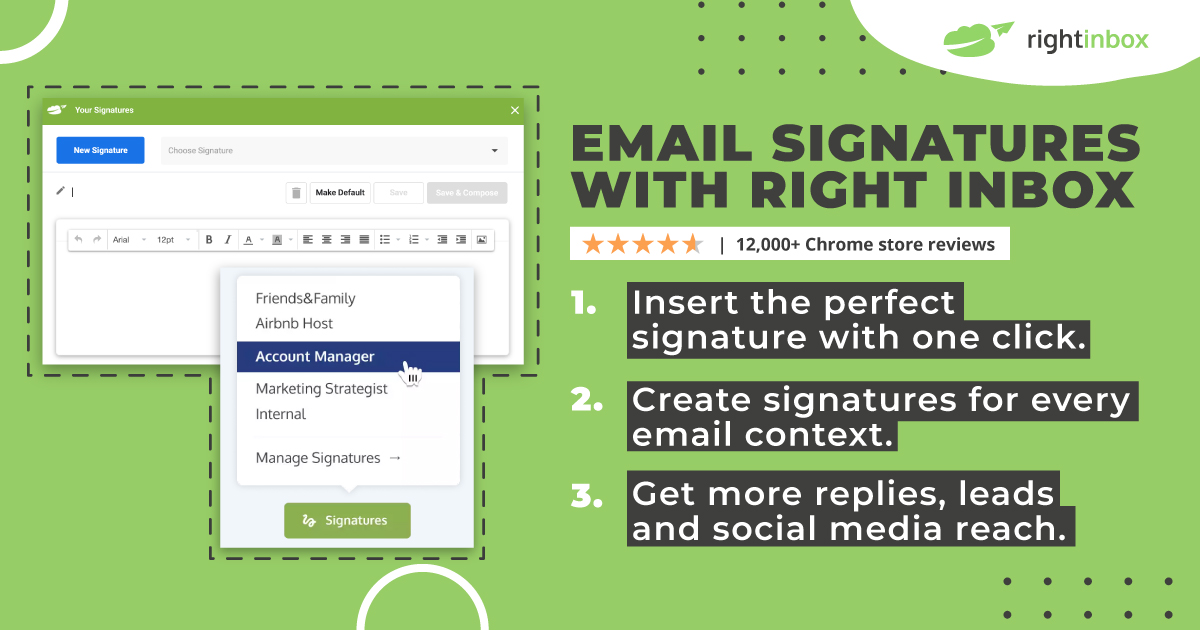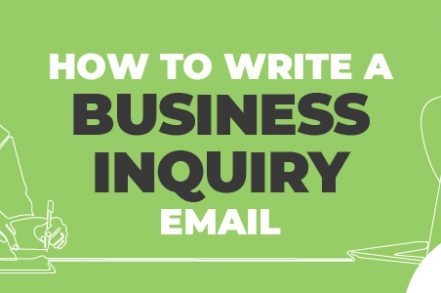When you’re looking to start doing business with a new company, the first step is often sending them an inquiry email. This document will teach you how to write a business inquiry email that will make sure your request gets noticed.
Business inquiries are a formal request for information from an organization with the aim of learning more about their service, product, or company. This communication can be used to establish a relationship with a potential business partner.
How to write a business inquiry email?
The first step in writing business inquiries is identifying the recipient.
Are you writing to a corporate email or personal email?
If you are writing to an organization with a generic email address, you should use a formal tone.
You can use an engaging tone if you are writing to a personal email. Addressing the recipient by their first name can create an instant connection. But be aware that first names may be culturally acceptable in the world of business.
Our advice: better to be formal than informal so as not to offend anyone.
What is the standard business inquiry email format?
Professional business inquiries follow a traditional format with five key sections:
- Email subject for inquiry
- Greeting
- Body
- Closing
- Sign-off/signature
Let’s take a look at the various parts of the perfect business inquiry form in detail.
1. E-mail subject for inquiry
When writing an email for business inquiries, keep your subject line short, polite, professional and direct.
2. Greeting
Email greetings should be formal. Do not use “Hi,” “Hey,” or “Hello” and stick to the formal “Dear”.
Formal terms make you and your organization look more professional.
3. Body
The body is where you put your request. When creating an email for business inquiries, the basic principle is to get to the point.
Matt Plummer says that digital communication is causing us all to drown. Many of us don’t even read the email. Instead, we scan the email for the most important information.
It is important to keep it short, sweet, and to the point to get a response. It also reduces the chance of misinterpretation.
Let’s say you want to request information on several products in one email. Bullet points can be used to make your requests more clear and keep the word count low.
4. Closing
After you have submitted your request, please add a short closing statement to your inquiry email. It is helpful to describe how you will use the information and the next steps.
For example, if you ask for a catalog, you might need to explain that you are looking to place an order soon.
In your closing, manage expectations. If you require information by a certain date, please mention it.
Clarify the appropriate channels for communication. If you are concerned about cold calls, inform people which channel is best to reach you.
5. Sign-off/Signature
Make sure to sign off with a suitable signature (yours faithfully or sincerely, or something similar) and include all your details including name, job title, and contact details.
You must verify your address if you ask someone to send you something by post.

Business inquiries should be short, sharp, and concise
When sending an email, it is important to be concise and respectful of the recipient’s time. Make sure your message is clear and on point, without going off-topic. Additionally, use basic structure so the reader understands your message quickly.
Make your needs clear
You need to be sure that the person you’re speaking to understands what it is you’re asking for. This way, they can respond in a way that satisfies your needs.
Be specific with what you need
Let them know which information you are looking for: It’s important to be upfront about what type of information you are seeking from the other person. This allows them to provide accurate details and avoid any confusion.
Try using bullet points or a numbered list so that everything is laid out clearly.
Keep sentences brief
In general, shorter sentences tend to be more effective when trying to get a point across quickly and efficiently.
5 Best practices on how to write a business inquiry email
1. Personalize the message
Business people are under pressure. The quicker you can get to your point and the more specific you can be, you will receive a response.
Business inquiries, as we have explained, are formal communication. Be polite and professional, rather than trying to be friendly.
A cookie-cutter template from a website might not communicate the message you want.
Advanced writing support tools like Flowrite can help to find your authentic voice. It allows you to create targeted business inquiries that are polite, professional, and more likely to result in a quick reply.
2. Describe who you are
Who you are is important when sending a business inquiry email. Do not jump right into your request. Instead, tell the reader who and what you are.
This gives the reader a better understanding of the person they’re communicating with and why they should be taking you seriously.
3. Clarify what you want, when, and why
Researchers have discovered that email senders underestimate the speed at which they expect replies. Business inquiries sent after office hours can feel more urgent and can create a sense of urgency that can lead to stress.
When you send a business inquiry email, be specific about what information you are asking for, when you need it and why.
Clarity can also prevent you from getting hundreds of cold calls or emails. If you want an email response, say so. Ask for a phone call if you want an email response. Do not leave the person second-guessing.
4. Keep it short and sweet
Business professionals are often busy so be brief.
Hubspot recommends that emails should be between 50 and 125 words long. Try to keep it to under 200 words if you need to include additional information for context.
5. Check and check again
When writing business emails, accuracy is crucial. Before you send them, make sure to review and revise your messages. Double-check all information before you send multiple emails at once, such as the name of the recipient and their organization.
Be careful if you are communicating in a language other than your first. You should not trust the recommendations of free online spell checkers that may not be familiar with the context or not understand certain technical or professional terms.
Track emails, email reminders & templates in Gmail for free
Upgrade Gmail with the features it’s missing
Add to GmailDavid Campbell
David Campbell is the editor of the Right Inbox blog. He is passionate about email productivity and getting more done in less time.




